Tucked high in the Himalayas, Bhutan is more a state of being than a destination. In a world spinning fast, Bhutan slows you down. Whether hiking to Tiger’s Nest, wandering through Thimphu’s dzongs, or simply breathing in mountain air that smells of pine and incense, this kingdom reveals how simplicity can feel luxurious. Plan your vacation to explore the best places to visit in Bhutan and unique adventures that will help you experience true happiness.
Bhutan’s beauty isn’t loud. It doesn’t announce itself. Instead, it unfolds quietly, through a flutter of prayer flags on a ridge, the chant of monks at dusk, or the sight of clouds curling over rice terraces. As the Land of the Thunder Dragon, this dainty Himalayan kingdom measures prosperity not by wealth but by Gross National Happiness. Amazing, right? It’s a philosophy that seeps into every part of life here! Imagine discovering some mind-blowing things to do in Bhutan on a vacation. And imagine the sheer joy you will feel when your eyes open to so many things, sights, and scents.
When it comes to choosing places to visit in Bhutan, you’ll find that every valley holds its own rhythm and secret. Here’s a complete breakdown of the things you can do, sightseeing that you can enjoy, and the best time to visit in Bhutan.
What are the Top Things to Do in Bhutan?
Here are experiences that capture Bhutan’s heart, from sacred hikes to simple pleasures. Trust us on this, everything you will do in Bhutan will last with you for a lifetime.
Climb to the Iconic Tiger’s Nest Monastery, Paro
Few sights on Earth rival the drama of Taktsang Monastery, known as the Tiger’s Nest. It clings to a cliff, 900 metres above the Paro Valley, its golden roofs glinting in the sun. The three-hour hike through juniper and pine forests feels more like a pilgrimage than a trek. When you finally reach the top, clouds drift through the monastery windows like breath itself. It’s no wonder Tiger’s Nest is among the best places to visit in Bhutan. Here’s a pro tip for you: Start early in the morning to avoid crowds and enjoy the sunrise over the Paro Valley.
Location: Paro Valley, Western Bhutan
Operational Hours: 8:00 AM – 1:00 PM, 2:00 PM – 6:00 PM
Hike Duration: 3 to 4 hours (moderate difficulty)
Best Time to Visit: March to May and September to November (clear skies)
How to Reach: A 20-minute drive from Paro town to the trailhead
Wander Bhutan’s Soulful Capital, Thimphu
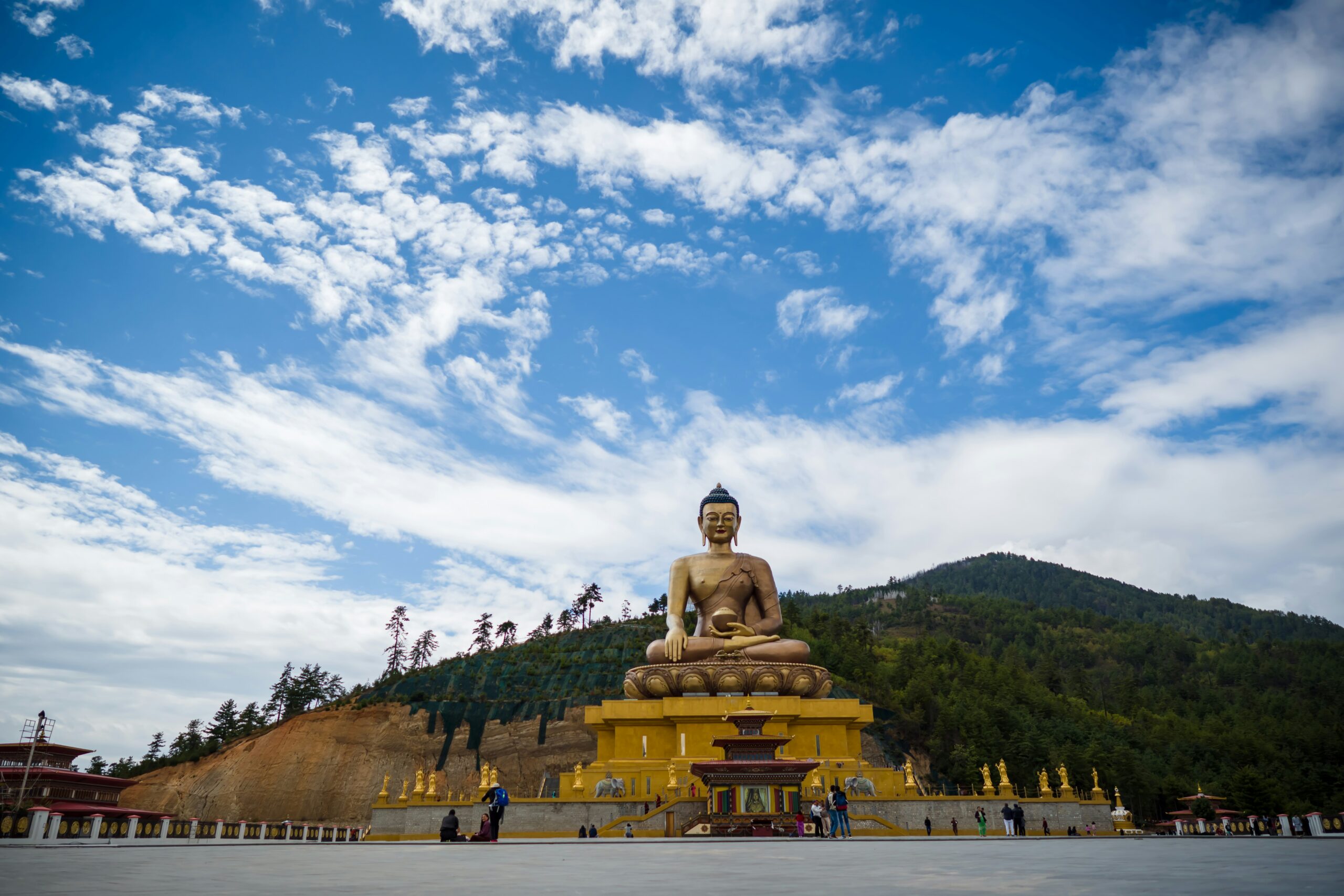
Unlike most capitals that are loud, Thimphu hums softly. There are no traffic lights, and yet it works with perfect rhythm. Visit the majestic Tashichho Dzong, the spiritual and political centre of the nation. Gaze up at the Buddha Dordenma, one of the largest Buddha statues in the world, looking serenely over the valley. For cultural seekers, Thimphu’s weekend markets, craft schools, and local cafés reveal how tradition and modernity coexist gracefully.
Location: Thimphu City
Operational Hours: 9:00 AM – 5:00 PM (closed during government events)
Best Time to Visit: April to June & September to November
Special Event: Thimphu Tshechu Festival (September/October)
Explore Punakha, Where Rivers and History Meet
Punakha feels warmer, softer, more open. At the heart of it lies the magnificent Punakha Dzong, framed by the Pho Chhu and Mo Chhu rivers. Its lilac jacaranda blossoms in spring make it one of the must-see places in Bhutan. Walk across the Punakha Suspension Bridge, fluttering with prayer flags, or trek gently to the Chimi Lhakhang, the quirky Temple of Fertility. This valley has a rhythm all its own, which is part legend, part lullaby.
Location: Punakha Valley
Operational Hours: 9:00 AM – 5:00 PM
Best Time to Visit: March to May (Jacaranda trees in bloom)
How to Reach: A 3-hour scenic drive from Thimphu via Dochula Pass
Drift Through Phobjikha Valley, The Land of the Cranes
Tucked away in central Bhutan, Phobjikha Valley feels untouched. In winter, black-necked cranes descend from Tibet, dancing in the meadows like moving brushstrokes. The valley’s quiet beauty makes it one of the must-see places in Bhutan, especially for nature lovers and photographers. Want to make it memorable? Sip some butter tea and let the silence remind you what peace sounds like.
Location: Wangdue Phodrang District
Open Access: All year-round
Best Time to Visit: November to February (crane migration season)
How to Reach: A 6-hour drive from Thimphu
What is the Culture of Bhutan?
Beyond its natural grandeur, Bhutan’s magic lies in its vibrant, spiritual, and utterly authentic culture. The following are some cultural experiences that you must have:
Attend a Tshechu Festival
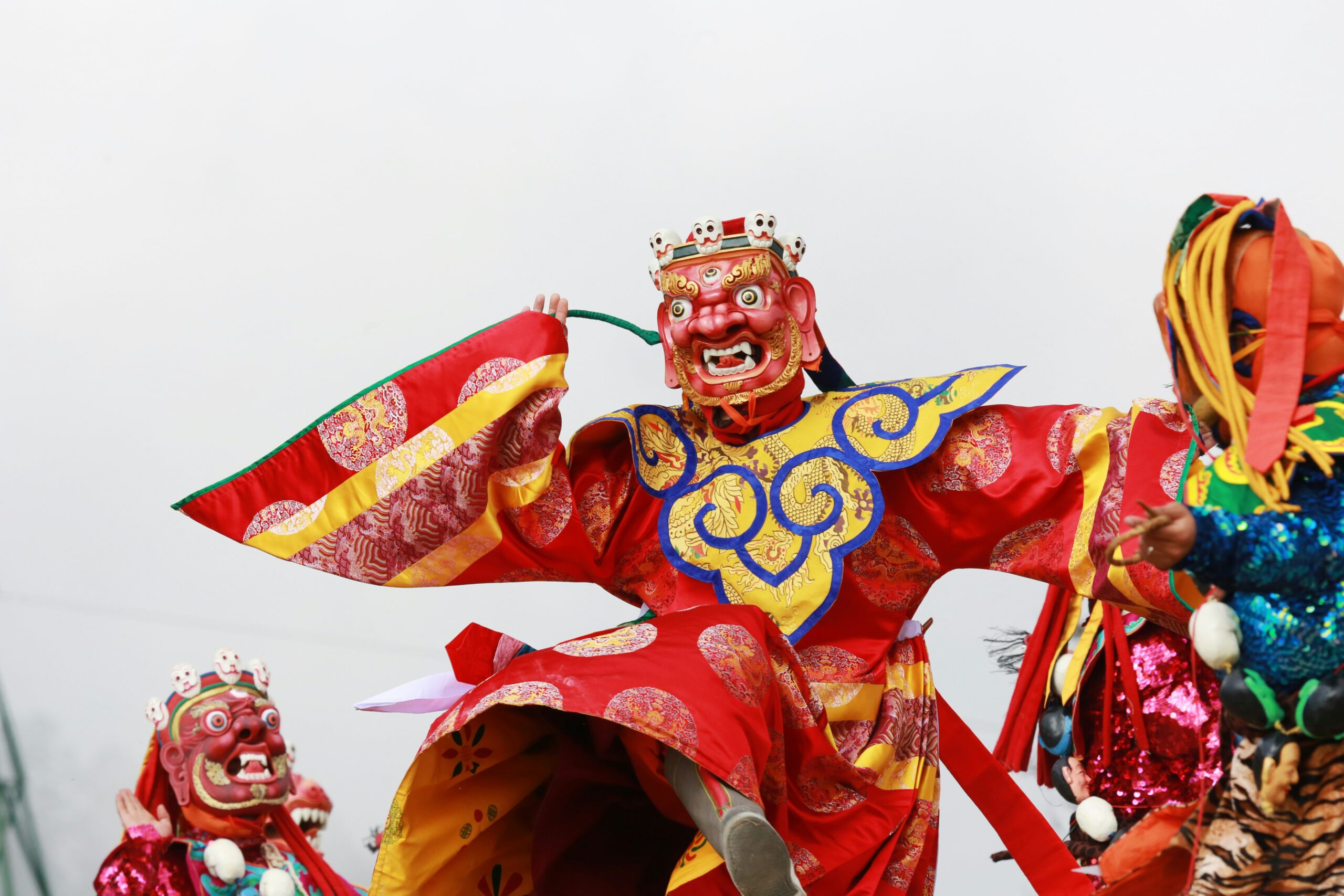
In a traditional Tshechu festival, locals gather in bright costumes to witness sacred mask dances, believed to wash away sins and bless onlookers. If you time your visit during the Paro or Thimphu Tshechu, you will experience one of the most exhilarating things to see in Bhutan. The sound of drums, the swirl of robes, the devotion in every gesture. A spellbinding sight that will help you feel like a grateful traveller amidst the most pure-hearted beings.
Planning your trip around a Tshechu also ensures you travel in the best month to visit Bhutan, when the country is at its most celebratory.
Location: Held in all major districts
Festival Hours: 9:00 AM – 5:00 PM (typically three to five days long)
Best Time to Visit: March to May or September to October
Savour Bhutanese Cuisine
Bhutanese food tells a story of simplicity and spice. Try Ema Datshi, a fiery mix of chillies and cheese that defines the national palate. Pair it with Red Rice and a cup of Suja (butter tea). Sampling Bhutanese cuisine is one of the most authentic things to do in Bhutan, and it’s deeply tied to the nation’s identity.
Location: Thimphu, Paro, and Punakha
Restaurant Hours: 10:00 AM – 9:00 PM
Average Cost per Meal: BTN 400 to 1000 per person
Best Time to Visit: Year-round (dishes vary slightly by season)
Marvel at Dochula Pass
At 3100 metres above sea level, Dochula Pass is where you will find 108 white chortens shimmering against a Himalayan backdrop. On clear days, peaks pierce the horizon. It’s a view that lingers long after you have descended. Dochula Pass is not only one of the main Bhutan attractions but also a cultural place where locals appreciate nature at its finest.
Location: Between Thimphu and Punakha
Operational Hours: 7:00 AM – 10:00 AM for clear views
Best Time to Visit: October to February
Facilities: Café and rest stop available
Which are Bhutan’s Top Places to Visit?
If you’re short on time, focus on these best Bhutan places to visit:
Together, they make up the must-see places in Bhutan. Each offers a different facet of this kingdom’s beauty.
When is the Best Time to Visit Bhutan?
The weather shapes your vacation, especially if you want to explore the most sought-after places to visit in Bhutan. There’s no way you can plan one if you don’t know the right time of the year. Here’s how you can figure out the best month to visit Bhutan, which feels right for you:
- Spring (March to May): The rhododendrons are in full bloom during the spring. The air is crisp, valleys are alive with colour, and festivals like Paro Tshechu bring the country to life. What more could you ask for?!
- Autumn (September to November): Widely considered the best time to visit in Bhutan, autumn offers clear skies, golden rice fields, and superb trekking conditions.
- Winter (December to February): The mountains gleam white, and the crowds vanish. It is the best month to visit Bhutan for quiet contemplation, away from the hustle and bustle.
- Summer (June to August): Monsoon showers keep the landscapes lush. Though it’s less popular, it’s when Bhutan’s valleys look their greenest.
Each season offers something distinct, so the best time to visit Bhutan depends on what you seek. The best way to have a memorable vacation is through a tour package, which allows you to see everything at the right time. So, it is recommended to explore Bhutan tour packages online, evaluate your travel needs, and pick one that suits you the most.
How to Choose the Right Bhutan Tour Package?
Now you know the most unique places to see and the best month to visit Bhutan, it is vital to plan your vacation. Bhutan is best experienced with guidance. Many travellers opt for itineraries that combine comfort with cultural immersion. Find out which travel package would be the right choice for you:
- Cultural Journeys: Perfect for those drawn to temples, festivals, and local life.
- Adventure Expeditions: Include trekking, river rafting, and mountain biking. They are ideal for adrenaline seekers.
- Family Packages: Designed for a wholesome vacation with scenic drives, gentle hikes, and fun cultural stops. Bhutan family tour packages ensure everyone, young or old, returns richer in experience.
- Luxury Escapes: Boutique lodges, private guides, and deep cultural access for discerning travellers.
Whichever you choose, ensure your itinerary allows time to simply be. That’s when Bhutan works its quiet magic, slowly healing your soul and making you feel unadulterated happiness.
- Entry: International visitors must book through a licensed Bhutanese operator or registered agent. This is the rule of the land and its "High Value, Low Impact" tourism strategy.
- Currency: The Bhutanese Ngultrum equals the Indian Rupee in value — both are accepted.
- Dress Code: When entering dzongs or temples, dress modestly and remove hats.
- Connectivity: Wi-Fi does exist in Bhutan, but don’t rely on it. Disconnection is part of the charm. Make the most of this opportunity, your soul will thank you for it!
As the sun sets over Paro and the last prayer flag flutters in the wind, you realise many places to visit in Bhutan teach you that happiness can be quiet, that simplicity can be profound, and that beauty often hides in silence.
Whether you are chasing adventure or seeking stillness, exploring the best Bhutan places to visit or finding your own corner of peace, this country will leave you changed in ways you didn’t expect. So, when you’re ready and have the time for exploring the many things to see in Bhutan, expect a world where the air is pure, the smiles are genuine, and time itself seems to slow down.
FAQs
Q1. Why are there giant phallus paintings on Bhutanese houses?
These colourful and often humorous paintings aren’t random; they are, in fact, blessings. The tradition originates from Drukpa Kunley, the 15th-century “Divine Madman,” who challenged hypocrisy through outrageous behaviour and wit. Locals believe the symbol wards off evil spirits and brings fertility and good luck. In remote villages, you’ll even find wooden phalluses hanging from rooftops like sacred guardians - a quirky blend of faith and folklore you won’t see anywhere else.
Q2. Why is Bhutan the only country where you can’t climb its highest peaks?
Bhutanese people believe their highest mountains are the abodes of protective deities. Peaks like Gangkhar Puensum (the world’s highest unclimbed mountain) are considered sacred, and climbing them would anger the mountain gods. So, mountaineering above 6,000 meters is banned to preserve nature’s sanctity.
Q3. Is it true that Bhutan measures happiness instead of economic success?
Yes, Bhutan’s development philosophy, Gross National Happiness (GNH), prioritises well-being over wealth. The GNH framework assesses citizens’ spiritual, environmental, physical, and cultural health. It’s not a marketing slogan; government policies are literally screened for happiness impact. You’ll notice it on the ground too - slow-paced towns, green forests, and people genuinely content.
Q4. Are all the majestic Dzongs still in use today?
Surprisingly, yes. Unlike castles or temples turned into museums elsewhere, Bhutan’s dzongs, which are fortress-like monasteries, remain fully active. Each one serves a dual role: part administrative office, part monastery. Inside the same walls, you might see a monk chanting and an official typing a report. The most famous, Punakha Dzong, hosts grand religious ceremonies against a backdrop of blooming jacarandas.
Q5. Can tourists meditate or stay in monasteries?
They can, but it must be done respectfully. Some monasteries, like Cheri Monastery near Thimphu or Tango Monastery, allow short meditation sessions or retreats. The experience is transformative: no Wi-Fi, just the sound of prayer wheels and mountain wind. Monks often welcome visitors to join morning prayers, which is a rare, humbling invitation to experience Bhutan’s spiritual rhythm rather than just observe it.










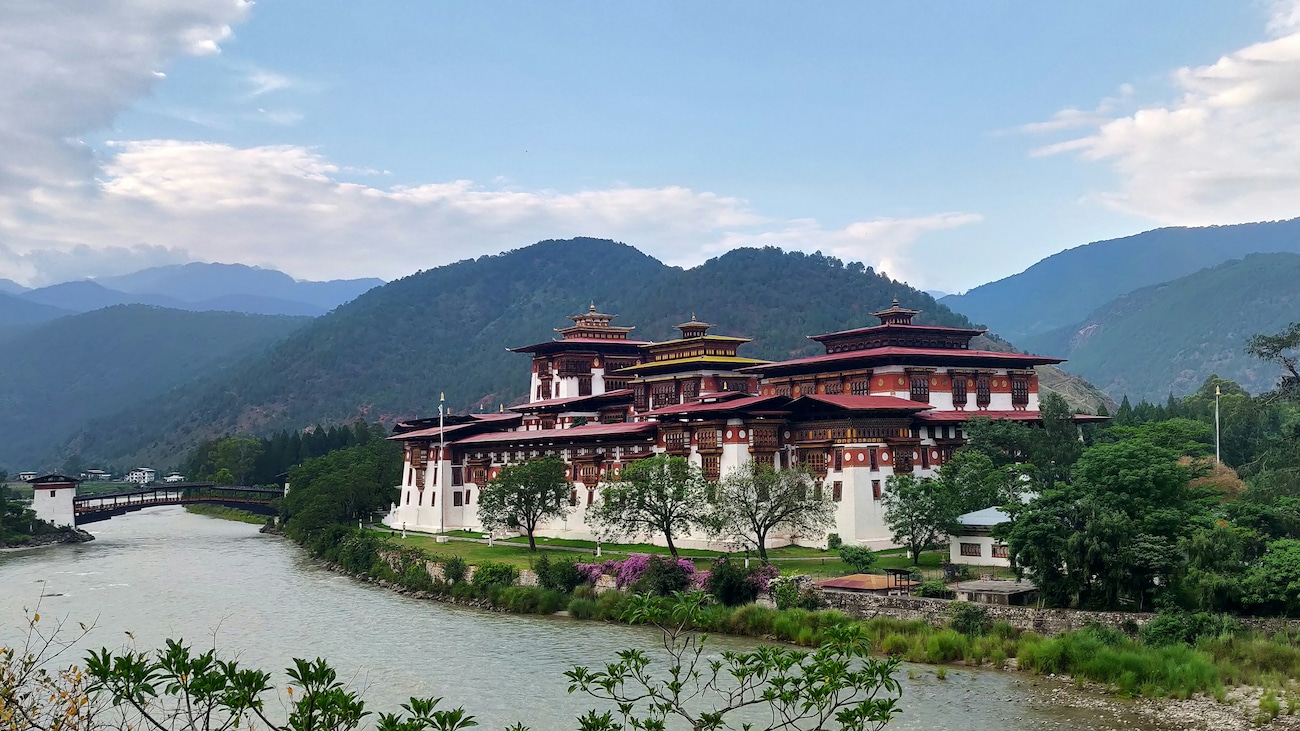


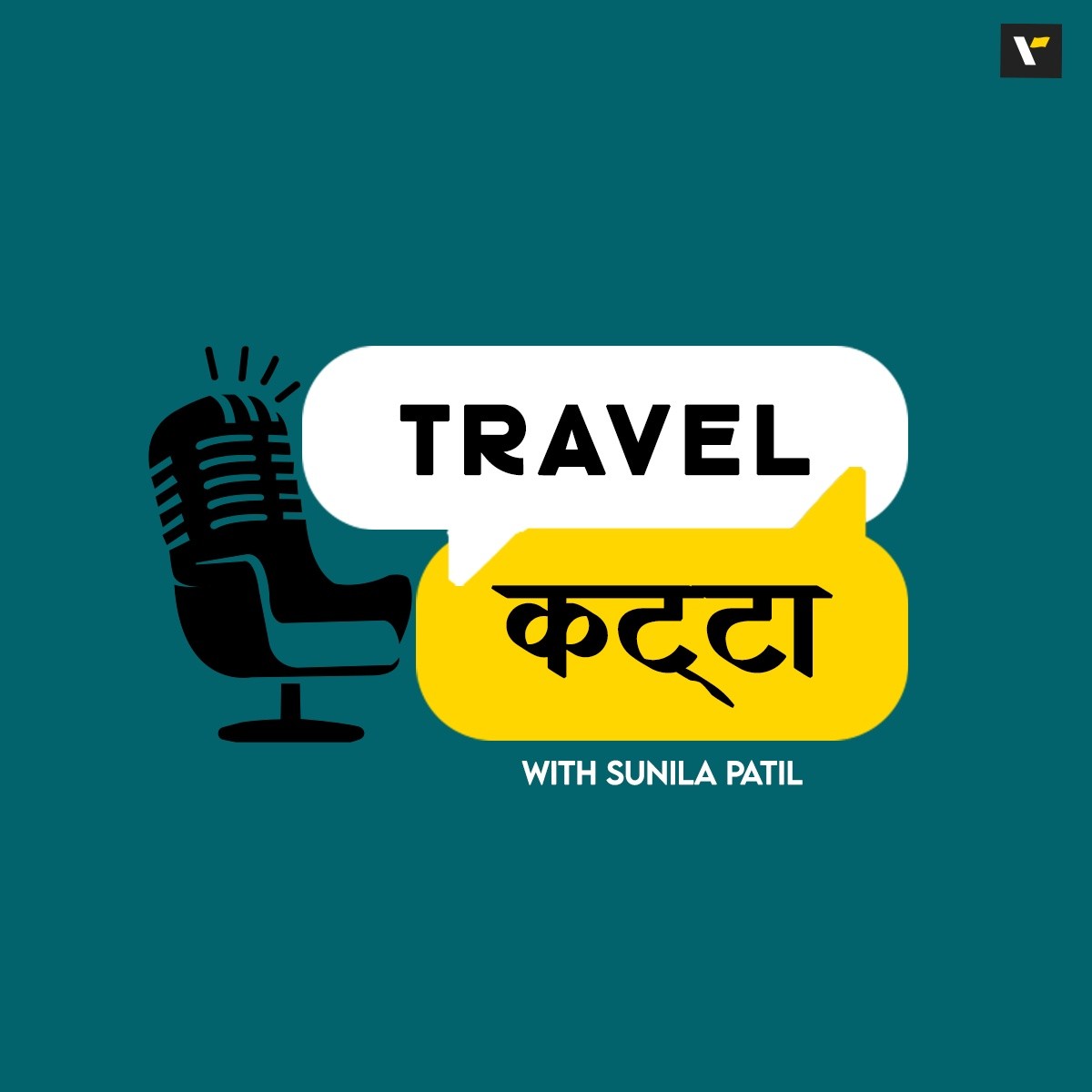

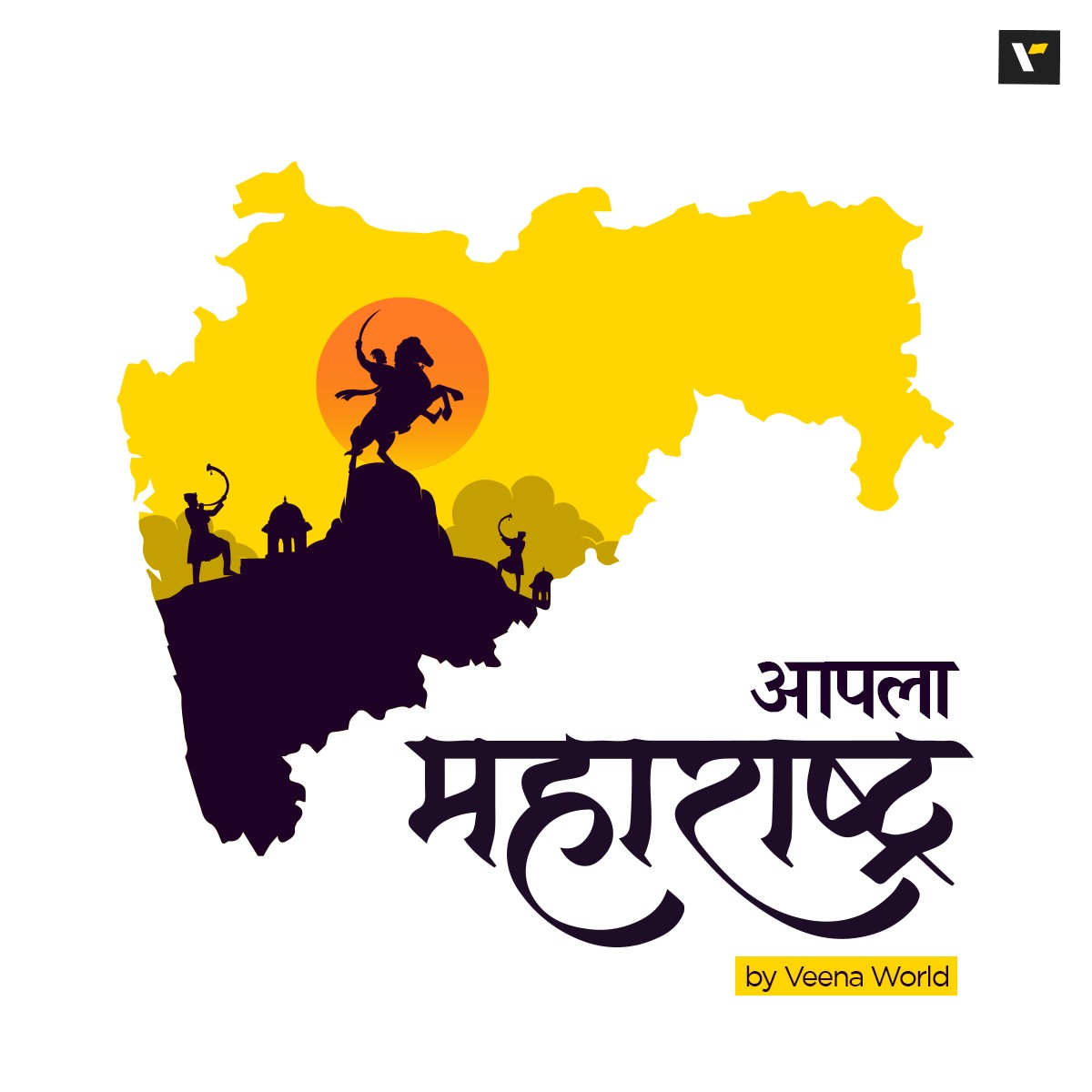








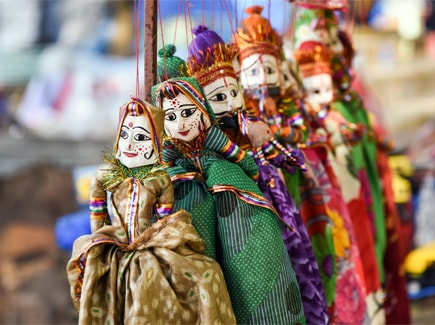
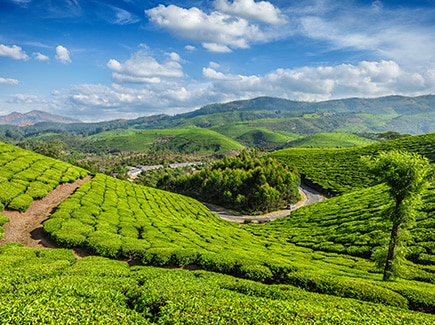

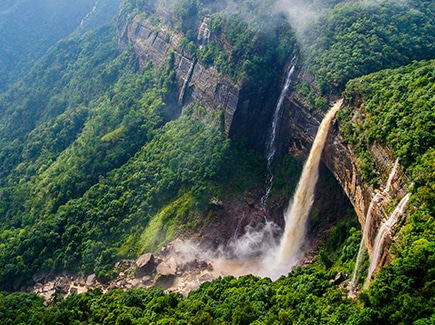
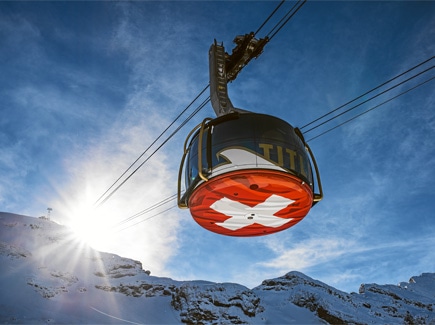
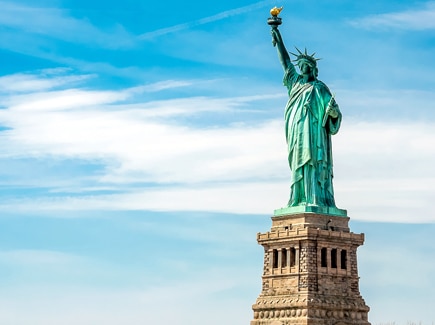
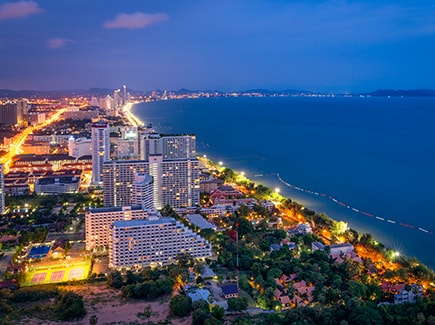
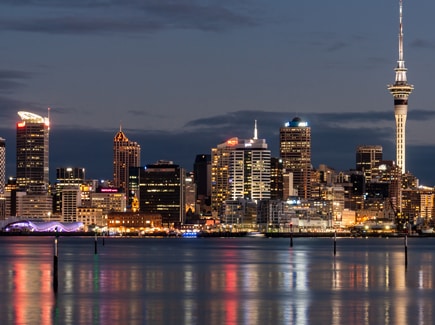
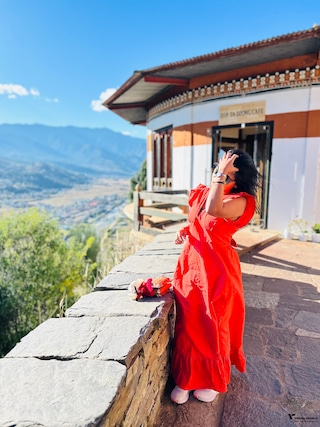

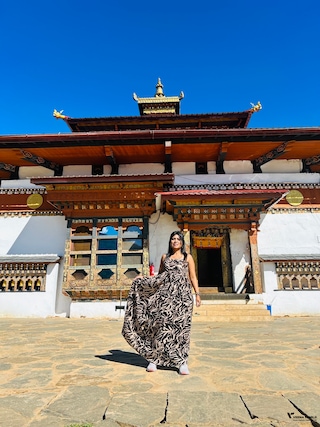
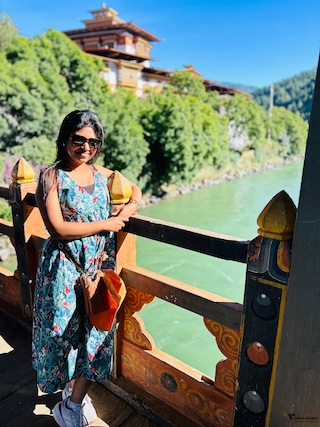
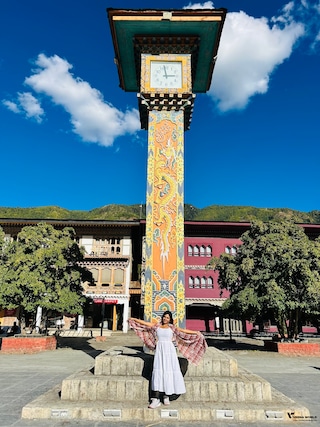

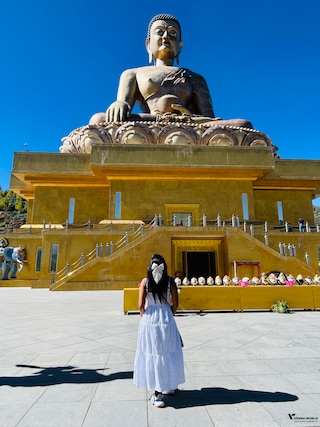



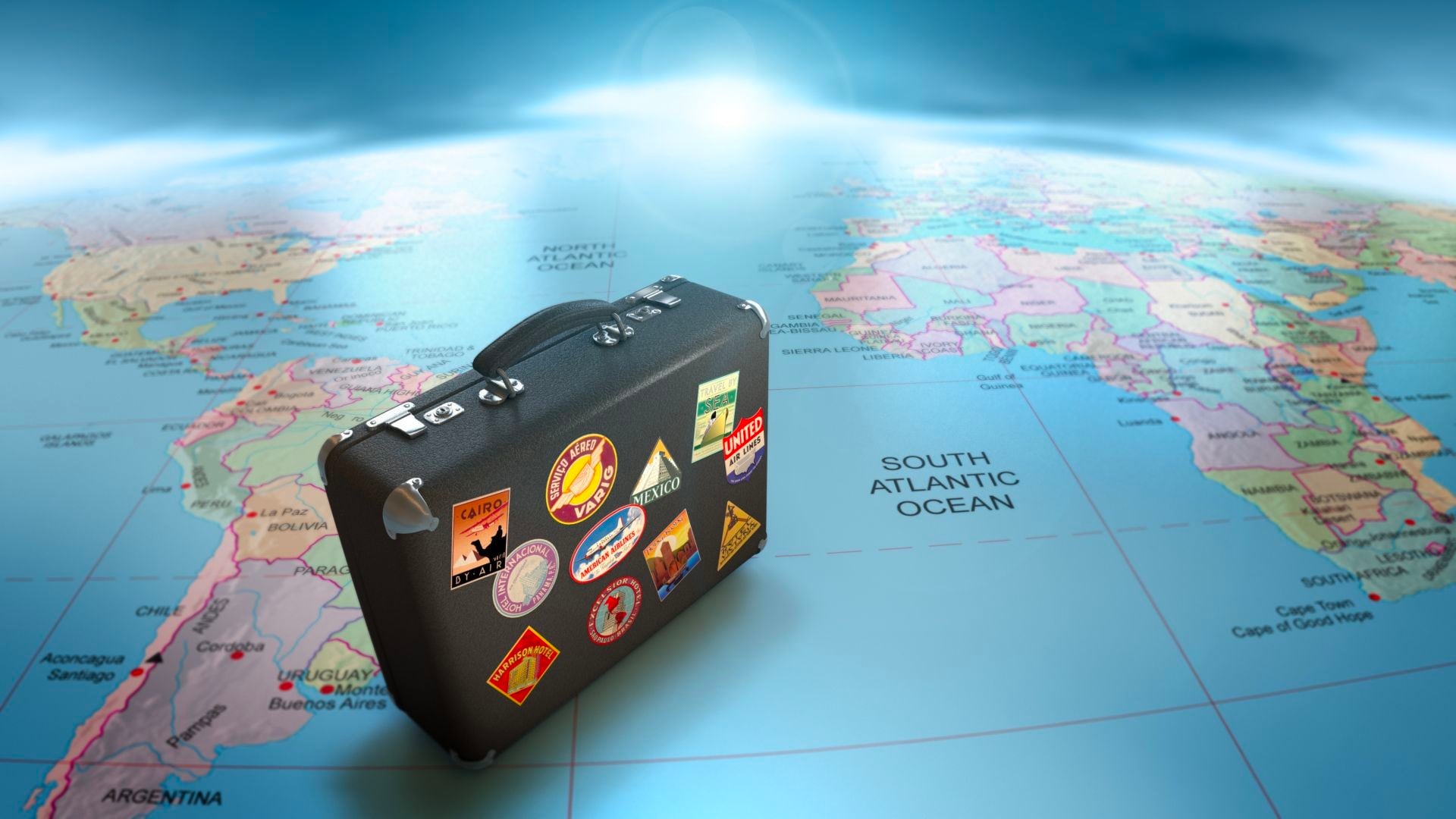

Post your Comment
Please let us know your thoughts on this story by leaving a comment.